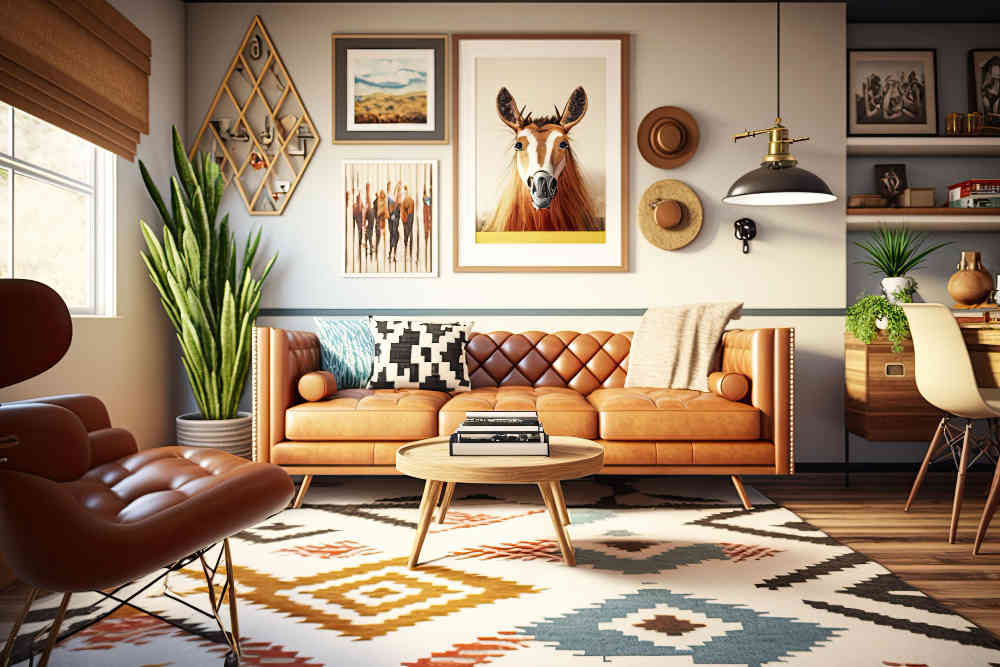In interior design, creativity meets functionality to shape spaces that inspire and delight. Whether you’re drawn to the sleek lines of modern design or the timeless grace of traditional styles, embarking on a journey to become an interior designer opens doors to a world where imagination knows no bounds. However, mastering the art of interior design requires more than just a keen eye for aesthetics; it demands a deep understanding of design principles, spatial planning, materials, and technologies. This is where a comprehensive online interior design course comes into play, offering aspiring designers a structured path to honing their craft.
Understanding The Online Format For Learning:
Before diving into the numerous specializations within interior design, it’s important to grasp the range of online course formats available. From interactive platforms to virtual classrooms, aspiring designers have diverse options tailored to their learning preferences and lifestyles.
Virtual Classroom Courses: In this format, students engage in live or recorded lectures, discussions, and activities through online platforms. With the flexibility to access course materials from anywhere with an internet connection, learners can progress at their own pace while still benefiting from structured instruction and interaction with instructors and peers.
Interactive Multimedia Courses: These courses leverage multimedia tools such as videos, simulations, and interactive modules to deliver engaging and dynamic learning experiences. Students can explore concepts through immersive content and interactive exercises, enhancing understanding and retention.
Self-Paced Online Courses: Designed for flexibility, self-paced courses allow students to study at their convenience without strict deadlines or schedules. Learners can access pre-recorded lectures, reading materials, and assignments, enabling them to progress through the course at their own speed while balancing other commitments.
Community-Driven Learning Platforms: Online courses often feature forums, discussion boards, and virtual study groups where students can collaborate, seek assistance, and share insights with peers and instructors. These communities foster a sense of belonging and support, enriching the learning experience.
With the accessibility and convenience offered by online learning, aspiring designers can embark on their educational journey with flexibility and confidence, regardless of their location or schedule.
Exploring Specializations in Interior Design:
Once students have chosen their preferred course format, they can further tailor their education by selecting specializations within the field of interior design. These specializations dive into specific design aspects, allowing students to develop expertise in areas that align with their interests and career goals.
Residential Design: Residential design focuses on creating functional and aesthetically pleasing living spaces for private homes and apartments. Students learn about space planning, furniture selection, colour schemes, and lighting techniques tailored to residential settings. This specialization equips designers with the skills to transform houses into personalized havens that reflect the lifestyles and preferences of their occupants.
Commercial Design: Commercial design centres on designing interiors for businesses, offices, retail stores, restaurants, and hospitality establishments. Students explore concepts related to branding, customer experience, traffic flow, and zoning regulations to create engaging environments that enhance productivity, attract customers, and reinforce brand identities. With a focus on aesthetics and functionality, commercial designers play a key role in shaping the success of businesses.
Hospitality Design: Hospitality design encompasses creating inviting and functional spaces within hotels, resorts, spas, and restaurants. Students delve into guest comfort, ambiance, and operational efficiency, considering factors such as traffic flow, acoustics, durability, and sustainability. By mastering the art of hospitality design, professionals can elevate the guest experience and leave a lasting impression on visitors.
Sustainable Design: With growing awareness of environmental problems, sustainable design has emerged as a critical specialization within interior design. Students explore eco-friendly materials, energy-efficient systems, and green building practices aimed at reducing carbon footprints and promoting environmental stewardship. Sustainable designers strive to create beautiful spaces, minimize ecological impact, and support the well-being of occupants.
Universal Design: Universal design emphasizes creating inclusive environments that accommodate people of all ages, abilities, and mobility levels. Students learn to incorporate features such as wide doorways, accessible appliances, non-slip flooring, and ergonomic furniture to enhance usability and comfort for everyone. By adopting universal design principles, interior designers can create welcoming, functional, and barrier-free spaces.
Summing it Up:
In interior design, education serves as the foundation for success. By choosing the right online interior design course, aspiring designers can embark on a transformative journey that hones their skills, expands their knowledge, and prepares them for fulfilling careers. Whether pursuing residential design, commercial design, hospitality design, sustainable design, or universal design, each specialization offers unique opportunities to express creativity and make a meaningful impact on the built environment. With dedication, passion, and a commitment to lifelong learning, the possibilities within interior design are limitless.






